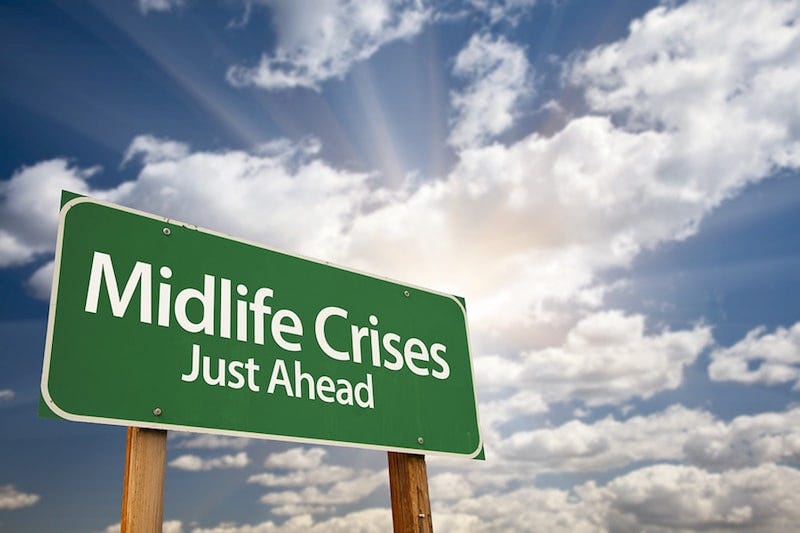My post FC 167 on Dasara Festival was much appreciated, particularly by those who were not aware of its history and the celebrations.
Renu Gupta from Delhi said: “The post took me to the days of listening to stories from my grandmother. You have treated us to a fabulous collection of several stories.”
Lakshmi Raman Says: “The most interesting part was that you were personally witness to some of the festivities and grandeur of the Mysore Dasara as a child! I visited the link to the Mysore State Anthem and enjoyed the measured musical harmony of the anthem alive with devotion and the heritage of the past.”
Krupa Murthy says: “Vividly and beautifully written about our Mysore Dasara. The memories are so vivid that I went back many years to relive the splendour and grandeur of Dasara celebrations. Thank you Pras for rekindling the youthful joys!”
Lynn Weiss from DC: “I so remember the beauty of the Mysore Palace in all its magnificence.”
Rahul Says: “Thanks Pras… as always well written… brings the festival ‘alive’ for so many I’m sure. Have had the good fortune to see the Mysore palace in all its glory during Dasara ..& Chamundeshwari Temple... truly something not to be missed.”
Shubha Prasad says: “FC 167 was very interesting and entertaining. The Ayigiri Nandini dance was beautiful. The Dhol Baje dance was vigorous and energetic. The Karnataka anthem was melodious. As always your blog is great.”
😥 Le Démon de Midi
This French idiom means ‘the demon of midday’. The demon can be symbolic of the range of emotions, and midday connotes the midlife.
The import of this idiom ‘midlife crisis’, is something that everyone talks about at some point in their life. Though I have chosen the French version of the idiom as the title, the credit for coining the term ‘midlife crisis’ goes to the Canadian social scientist Elliot Jaques, in the mid-sixties. He defined the age range of 40 to 60 years as midlife. Given the increase in life expectancies and ever-changing working life, I would like to believe that this range has broadened and may be more like 35 to 70 years of age.
I am no expert on the after effects of a midlife crisis but having gone through a couple of them myself and having mentored (not counselled, that’s a different realm of expertise) many of my colleagues, friends and a few relatives as well, I have realised that ‘crisis’ is a bit too strong a universal expression and the word ‘predicament’ may suffice, in many cases, to put in perspective the tensions and upheavals one might experience midlife.
The import of the word ‘crisis’ is something catastrophic or calamitous. A certain kind of midlife crisis can be one of these, but others can be just a predicament. What’s important is that they are experienced by individuals and not by the society or community at large. If the crisis impacts the society or a class of people it can be a cataclysm, a political or social upheaval.
Several political or social upheavals have taken place in different parts of the world which have impacted non-state actors like financial institutions, corporations, NGOs and many other organisations and institutions. The ripple effects of upheaval are experienced by regions that are contiguous to the conflict zone and at times the geopolitical tensions become quite palpable.
Having made that distinction, let me focus on the midlife crisis as it occurs in an individual’s life. Take my life for example. I had to overcome the predicament of leaving my lawyer profession and taking up a secure job that paid enough to support me. It was not an easy decision. It meant relocating from Mysore to Mumbai. I had to make that life-changing decision. Yet, I did not see it as daunting simply because I opted for that change and was confident of making it work.
What I experienced while making the change or while changing jobs subsequently was not a midlife crisis as they were my own conscious decision. Compare this to the crisis faced by people in their forties who experienced an upheaval when they lost their jobs due to COVID-induced downsizing and found it extremely challenging to get employed elsewhere.
Many view midlife occurrences as negative, but in reality, they may prove to be beneficial if they are viewed positively. Instead of a midlife crisis being a crisis it can be an opportunity for growth which can allow a person to evaluate options and make substantial changes to their life that would let them turn the crisis to their advantage.
There’s a school of thought that believes the midlife crisis to be a social phenomenon and not attributable to an agitated mind. Of course, there could be mental distress relatable to the crisis. My dear friend, who is no more, had a midlife crisis following the accidental death of his would-be engineer son. He and his wife did experience acute agony and though they, over time, stoically accepted the loss as ordained by fate, my friend was not the same for the rest of his life. This sort of leads me to infer that if there is a profound midlife crisis the agony of it can be lifelong.
Adultery, infidelity, bitter divorce, and custody battles can be the worst forms of midlife crisis. In the case of custody battles, it may lead to a ‘kidlife’ crisis when the kids go through trauma that can linger in their minds forever.
Both men and women experience a midlife crisis. While menopause & estrogen levels can induce depression in women, men can experience male menopause resulting in mood swings, irritability etc.
If both spouses are going through a midlife crisis at the same time it can be very challenging to maintain a cordial spousal relationship. The onus is often on men to be more caring and understanding of the physiological changes that women go through and help them navigate through the crisis.
Then there is the quarter-life crisis. Similar to a midlife crisis, the quarter-life crisis is a period of uncertainty and questioning that typically occurs when people feel trapped, uninspired and disillusioned during their mid-20s to early 30s. They may feel that they are stuck in a dead-end job while all of their friends advance their careers, or wonder why they cannot seem to make a romantic relationship last when other members of their social group are getting married and having children. The reasons for experiencing this kind of crisis are endless.
This leaves one more crisis which all of us experience at some point or the other. I call it the ‘midriff crisis’ or ‘the battle of the bulge’ or ‘the middle age spread’. We get unsolicited advice from those who have been fortunate enough to stay lean and thin. Give up rice, eat millet, do intermittent fasting, shun sweets including sugar, work out every day etc. Whatever you do the midriff crisis insists on persisting.
It is not just people, but corporations also have such midlife crises. A breed called ‘turnaround managers’ have been roped in to revive or redefine the business. Some were on the brink of bankruptcy but were saved by white knights (see 🔗White Knight - Wikipedia). Technology is a disrupter and some of the corporations have found themselves left far behind either for not being alive to the disruption or for not keeping pace with technology.
Have you heard of a midwife crisis? Well, it is a fact that there’s a shortage of qualified midwives. Back in the 60s in Mysore, we had a few women who were experts at delivering babies at home though they had no formal training. Now they are replaced by trained nurses who are qualified to be midwives. Midwifery as a profession is going through its own crisis. COVID worsened the problem. According to the World Economic Forum, across the globe, 900,000 midwives are needed by 2035. I will end this with this quote. Ciao!
It’s not a mid-life crisis. It’s a mid-life disaster. A mid-life crisis is when you wake up with everything and you go “I have everything but I’m still unhappy.
- Tom Hanks






